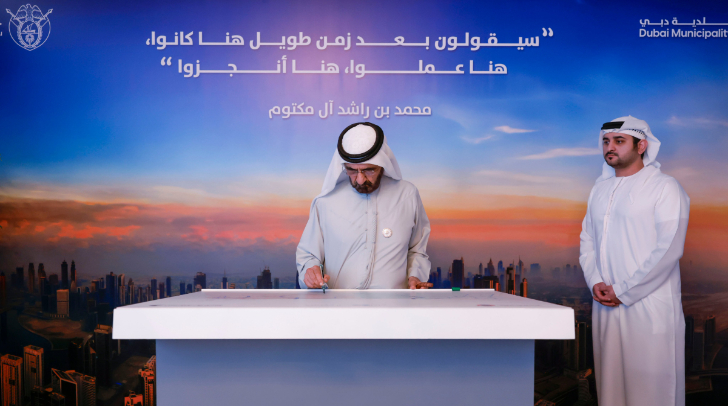His Highness Sheikh Mohammed bin Rashid Al Maktoum, Vice President and Prime Minister of the UAE and Ruler of Dubai, has approved the 'Tasreef' project. This initiative focuses on enhancing Dubai's rainwater drainage network, representing one of the emirate's most significant infrastructure undertakings with a total budget of Dhs 30 billion. Approved on 24 June, the 'Tasreef' project aims to increase the capacity of Dubai's rainwater drainage system by 700%, ensuring comprehensive coverage across all areas of the emirate.
His Highness Sheikh Mohammed said, "Today, we approved an integrated project to develop Dubai's rainwater drainage network for Dhs 30 billion. Covering all areas of Dubai, the project will raise the drainage network’s capacity to more than 20 million cubic metres of water daily, meeting our needs for the next hundred years. We have directed the immediate implementation of the project, which will be completed in phases by 2033."

Key Things To Know About 'Tasreef' Project
It is the continuation of drainage projects launched in 2019 for the Expo Dubai area, Al Maktoum International Airport City, and Jebel Ali. And it supports Dubai's plans for flexible, advanced, and future-ready infrastructure. Furthermore, the 'Tasreef' project addresses future climate change impacts like increased rainfall.
Dubai Municipality will implement the project, adhering to the highest global technical and engineering standards. This project supports Dubai Municipality's objectives to manage rainwater drainage and sewage systems, emphasising infrastructure initiatives that enhance sustainability and Dubai's quality of life. It aligns with the city's comprehensive development plans, enhances global competitiveness, and improves overall quality of life indicators.
Lastly, the 'Tasreef' project aims to upgrade rainwater and surface water drainage with advanced infrastructure for better efficiency. It aims to reduce costs related to station construction, operations, and maintenance by 20% and extend the network's lifespan.
The project will increase rainwater drainage capacity through tunnels to 20 million cubic metres per day. It will achieve a flow capacity of 230 cubic metres per second, setting a regional record for the largest rainwater collection system in a single network.